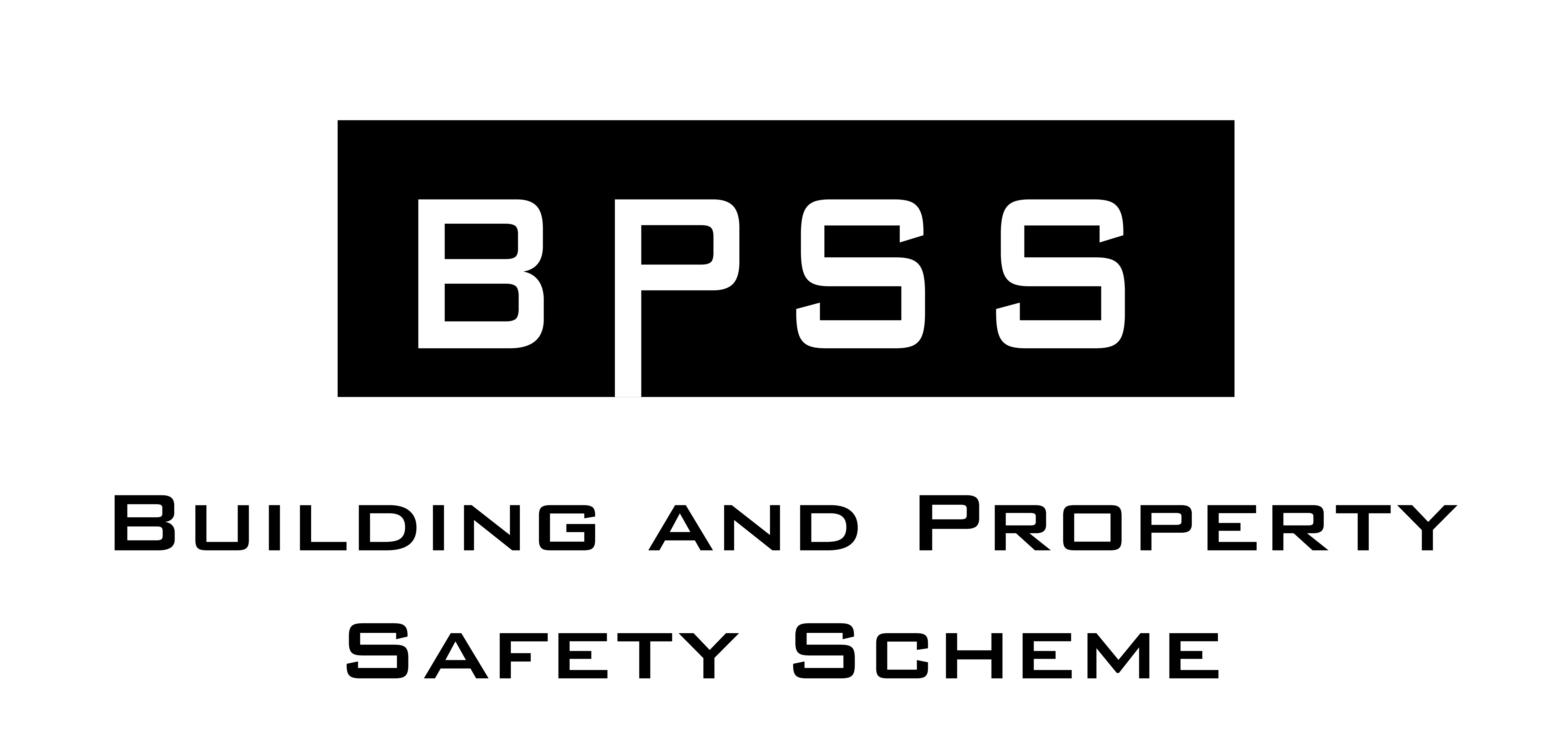The main theme running through all construction legislation, including the Construction (Design and Management) regulations 2015 is to safeguard the health and safety of the people working on – and using – the building. Getting everything right around health and safety legislation can seem daunting, due to the sheer volume of regulations and guidelines. However, construction health and safety is vital to get right – and should be approached methodically for the best results.
Construction projects require stringent attention to health and safety. The best way to ensure that nothing gets missed or forgotten when planning what steps to take is to make a list and work your way through it, one item at a time. There are four vital areas to consider when working on construction health and safety planning. These are risk assessment; safety training and communication; establishing and ensuring safe working practices and preparing for emergencies.
Risk assessment
This should be done at the very first stage, before any work has taken place on the construction project. Planning a risk assessment is a comprehensive, methodical process, designed to take in as many areas as possible to capture all hazards and potential risks – and then work out how to control them.
Good risk assessment practices require excellent communications, even before the project begins. Drawing up and sharing a risk communications plan can let the client, project managers and other workers know about any risks they may be exposed to during the construction project from the very earliest stages of the project. Risk assessments and risk communications plans must also include processes for different incidents and scenarios and advice/regulations about what to do to keep everyone safe.
Safety training and communications
They say that we take in information far more comprehensively if we get involved in learning it through practical, hands-on measures, rather than simply being given a sheet of paper to read. Regular safety training, including enacting role plays around possible construction health and safety scenarios, can help keep important procedures and guidance in people’s minds for longer. Training gives people confidence and allows an opportunity to ask questions and go through anything they are unclear about.
Keeping in regular contact about construction health and safety matters is important too, not just at the start when drawing up the initial risk assessment communications plan. This also helps promote a health and safety culture on site and gives people the tools to look out for themselves and each other. Construction health and safety instructions around using tools and moving about on site must also be communicated clearly to keep people safe from harm. This includes verbal instructions and written signage, among other methods of communication.
Safe work practices
Alongside clear and regular safety communications, there are many other ways to keep everyone free from injury or harm on a construction site. Ensuring people wear the correct personal protection equipment (PPE) is essential. Keep the site neat ands tidy to prevent trips and falls – this includes ensuring that building materials are stacked safely and tools stored correctly when not in use.
Use the right equipment for each task and follow industry best practices for activities such as working at height, handling chemicals and operating heavy machinery. This is important to protect both workers and the general public, who may be affected by poor practices leading to a n accident or unwanted incident, such as a chemical spillage or a structure collapsing in an uncontrolled manner.
Preparing for emergencies
Any construction health and safety plan must include a substantial section on preparing for an emergency. These can be all sorts of things, from trips and falls from height to exposure to chemicals, fires, explosions and more. Work out your first aid and emergency response protocols, as well as evacuation routes and safe muster stations for people to move to if there is a problem on site. Carry out routine practice drills so that everyone knows what to do in the event of a real incident.
Medical assistance is a key area. Have adequate first-aid supplies on site, as well as trained first-aiders and the means to summon professional medical help without delay. Again, having clear communications channels available during emergencies can help reduce the severity of the incident and ensure that crucial messages and calls of assistance can get to the right people quickly.

